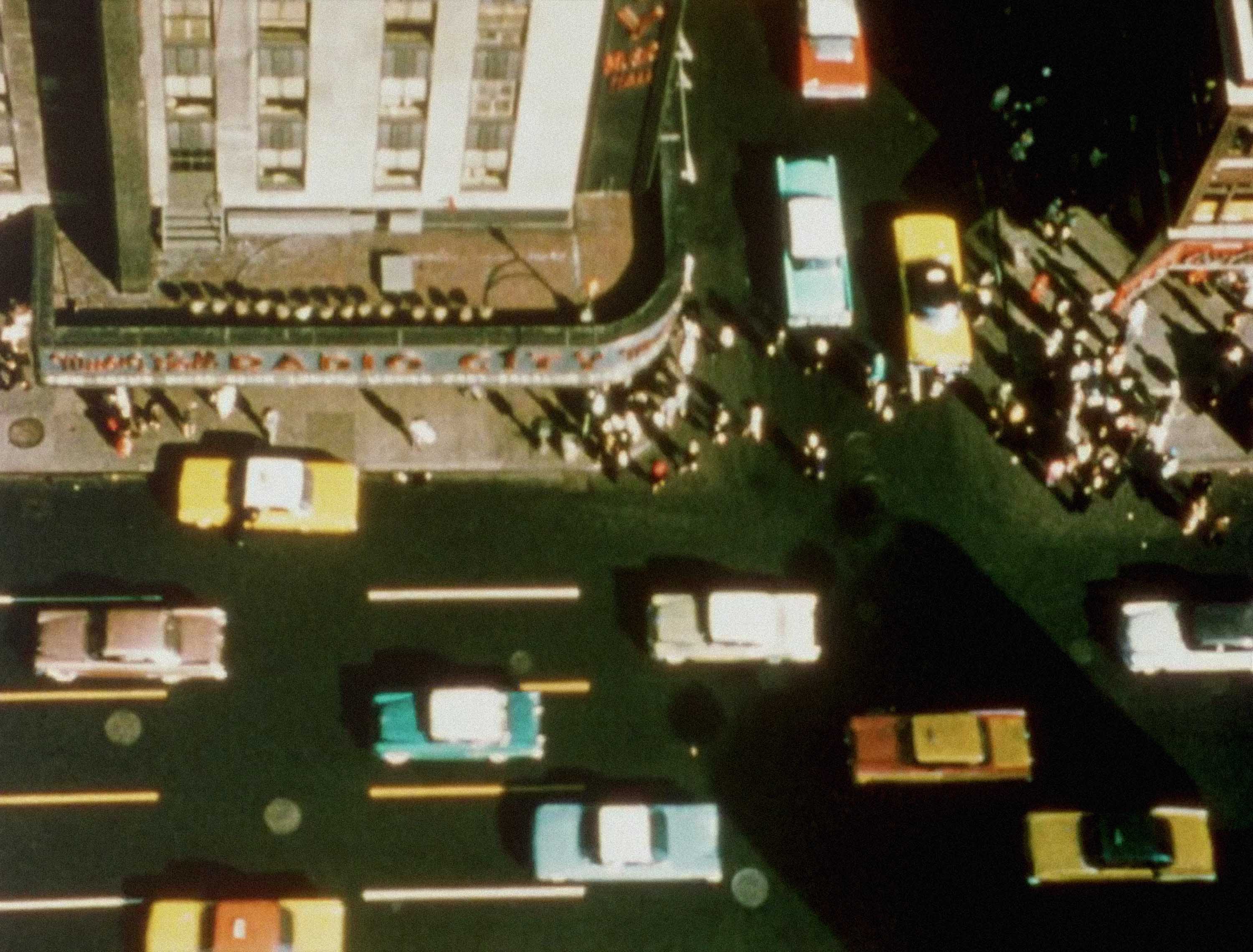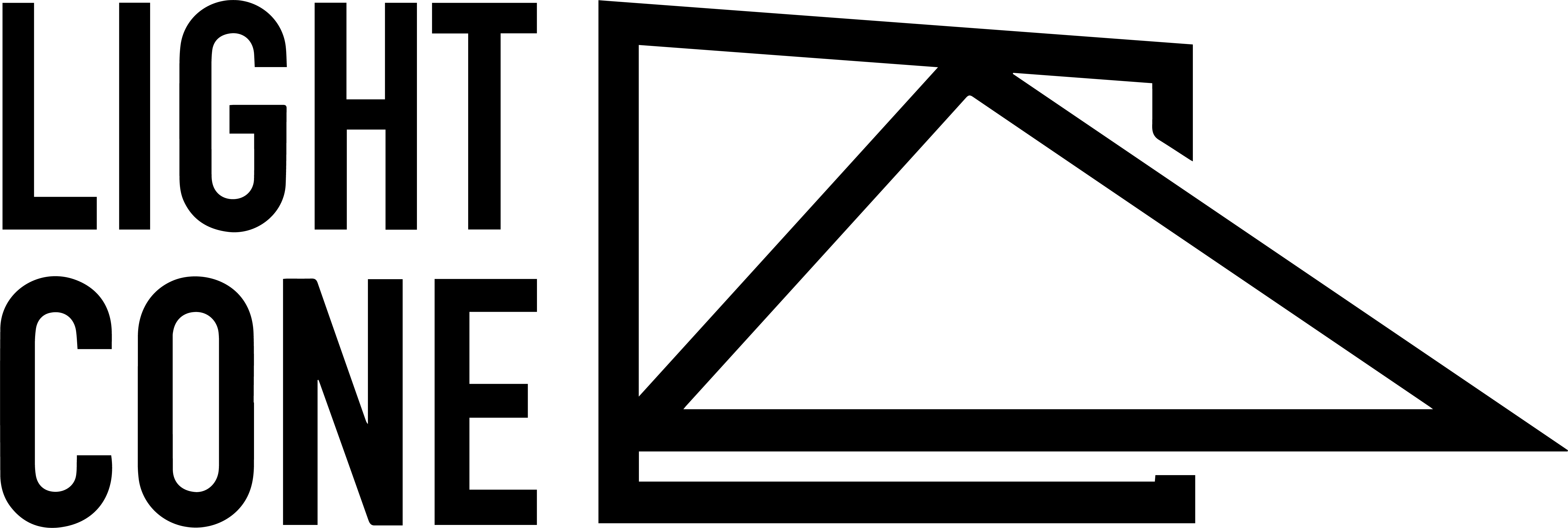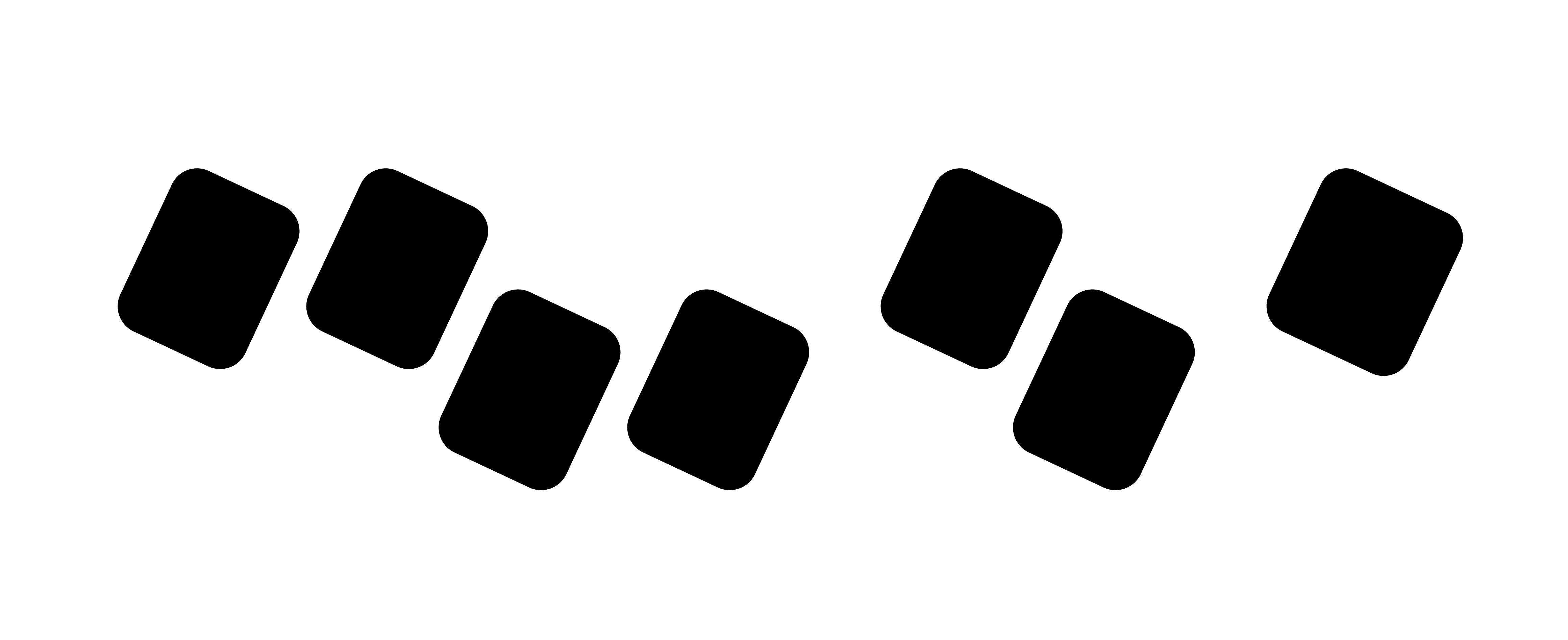
Experimentalfilmnacht
Curated by Philip Lawall, Music by Lehel Lajos
In between our color films, we'll be throwing in a hefty dose of experimentation (on a Saturday for a change) to kick off our new format, the Nachtwache! It's the weekend, it will be immersive; standing at the beginning, then walking, then prancing and finally dancing through the cinema, hall and lobby if our concept works: Because: The door of the Blue Salon remains open, outside and inside blur, there are drinks and music in the foyer and atrium of the HfG. It goes from our favorite bartender to our favorite DJ and from there in front of our favorite screen, where a roll of experimental short films runs in a loop all night. The films pick up the mood of the evening, set it, reinforce it, break it, you decide, dancing through the HfG by night.
El nido del Sol
Luminous, abstract shapes and shimmering colors, 3 figures of Aztec mythology Xolotl, Huitzilin and Xochitl meet to regain the dance of radiation, whose heat ignites the new fire of their cosmic dance. As part of the Tonalli film, El nido del Sol was presented at the Oberhausen Festival 2022.

Meditation
Inspired by the teachings of Yogananda, Ramakrishna and Sri Ramana Maharshi, Belson uses innovative techniques to depict a state of calm and enlightenment.Representing the avant-garde cinema of the 1950s, the film shows Belson's contribution to visual art and the exploration of the medium as a tool for spiritual representation.

Pattern Language
‘Pattern language’ is a term coined by architect Christopher Alexander to describe the existence of certain human ambitions through an index of structural patterns. In this film, highly organised and richly layered patterns move in accordance with audio frequencies and rhythms, towards the construction of an endlessly mutating labyrinth.
Games on Reflection and Speed
A frenzied view of Paris over the rails, a trip across the Seine by boat. In his debut work, Henri Chomette crosses tunnels and elevated railroads without a plot. Using techniques such as dissolves and time-lapse, Chomette transforms the dynamics of the city into an abstract visual experience.

Jüm-Jüm
A woman swings on a swing in front of a large painting that obviously depicts an abstract phallus. The artist couple Dore O. and Werner Nekes create a rhythmic interplay between movement and static images. Through the targeted manipulation of film techniques and the analysis of visual and perceptive experiences, Jüm Jüm becomes an experimental exploration of perception and eroticism.

Kustom Kar Kommandos
Kustom Kar Kommandos combines two well-known motifs of Kenneth Anger, his homosexuality and his affinity for 50s cars: beautiful, rich plastic colors for the duration of three minutes. A young man polishes his car, accompanied by “Dream Lover” by the Parris Sisters.

Arabesque for Kenneth Anger
Detailed patterns of Moorish architecture and Spanish tiles, captured in one short day at the Alhambra Palace in Granada, Spain. Marie Menken brings the arabesque forms to life with dynamic camera work. The rhythm of the movements in combination with the music of Teiji Ito unfolds a hypnotic effect in which visual poetry and artistic abstractions become blurred.

Five Minutes of Pure Cinema
What is pure cinema? Henri Chomette’s answer to this question adopts a minimalist and formalist style, juxtaposing objects and landscapes. This experimental short film from the silent era is a seminal investigation into the nature of cinema as a medium and as an art form.

Place Mattes
Place Mattes explores the space between reaching and touching. Animation and optical printing are used to create travelling mattes for places, confounding the difference between eternal and internal.

Walking Cycle
In Walking Cycle we see the abstracted image of a solitary dancer circling in a void. Over time, however, the figure crystallizes into something more. The audiovisual piece celebrates the line, its quality and its movements and is a tribute to early abstract animation masters Len Lye and Hans Richter.

Corridor
A person keeps walking through a seemingly endless, empty corridor. Multi-exposures, super-impositions, of positive and negative, strobing and many other image distorting techniques are used to create what Standish Lawder calls “an occasion for medative speculation”.

Trade Tattoo
Lye depicts “the rhythm of British working life” by combining energetic animations with documentary footage from the British Post Office. We see men loading freight, welding, and sorting mail. Lye’s montage transforms these actions into a magical realm, using color and rhythm to turn everyday labor into a dynamic visual experience.

Go! Go! Go!
Go Go Go is a tour de force of rapid camera movement and single-frame activity. Films of boats taken at the harbor in single frames, from a moving automobile, on the streets of New York, at a body-builders convention, and at other locations.


